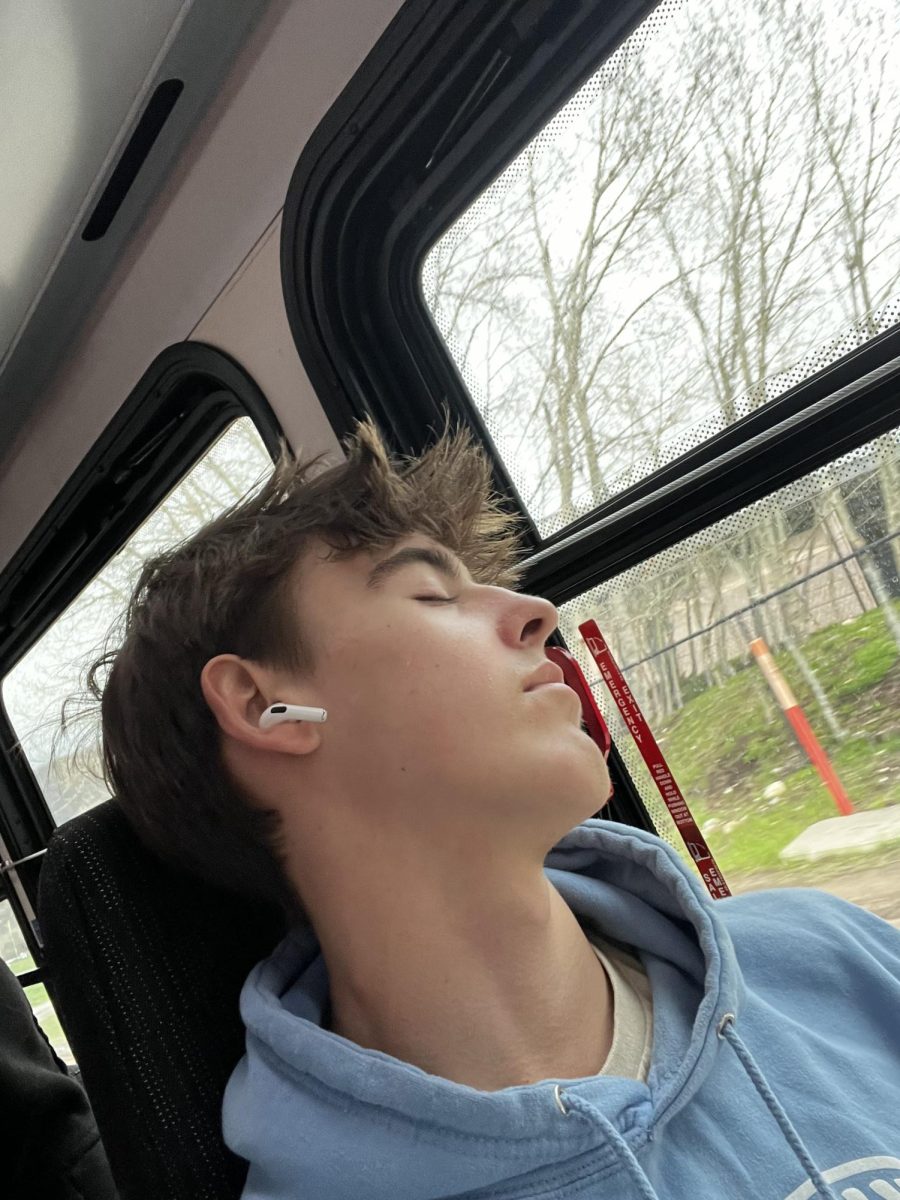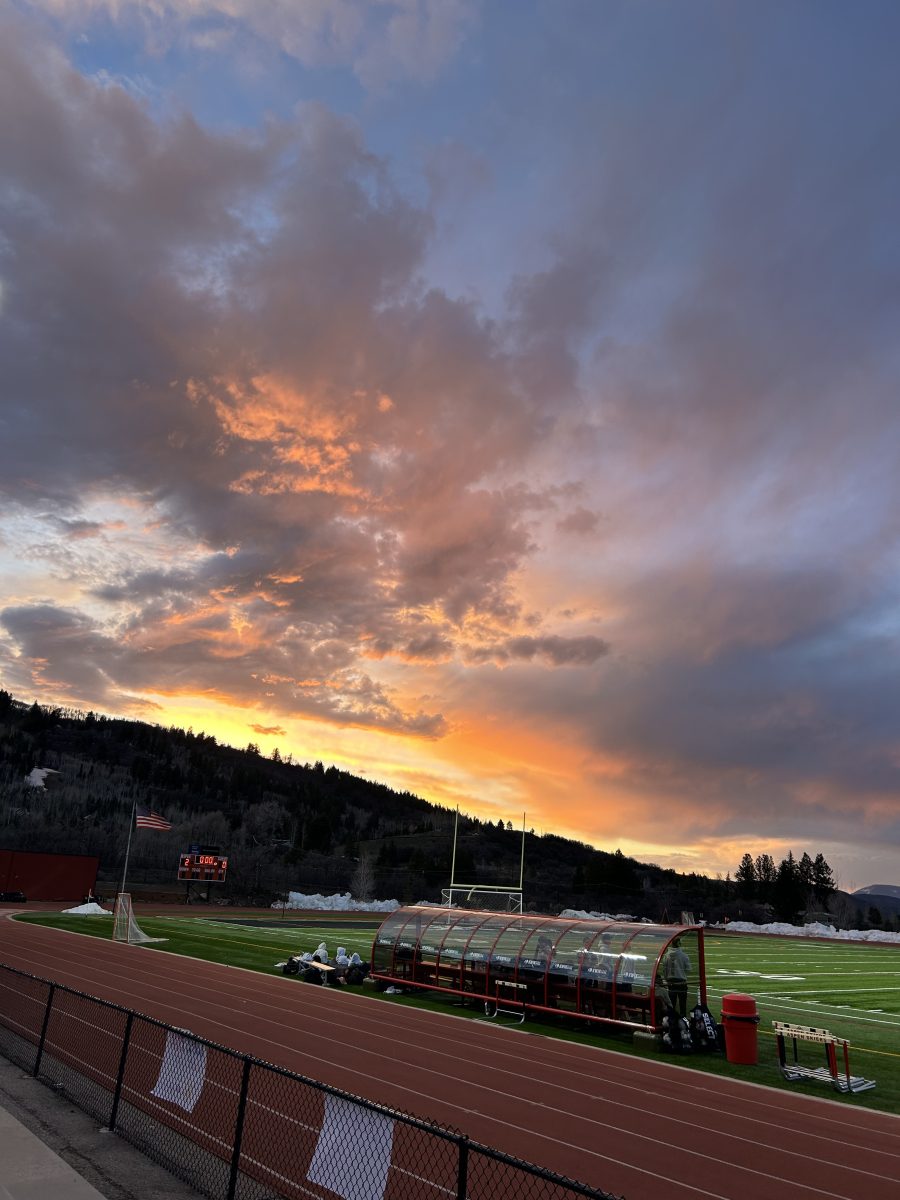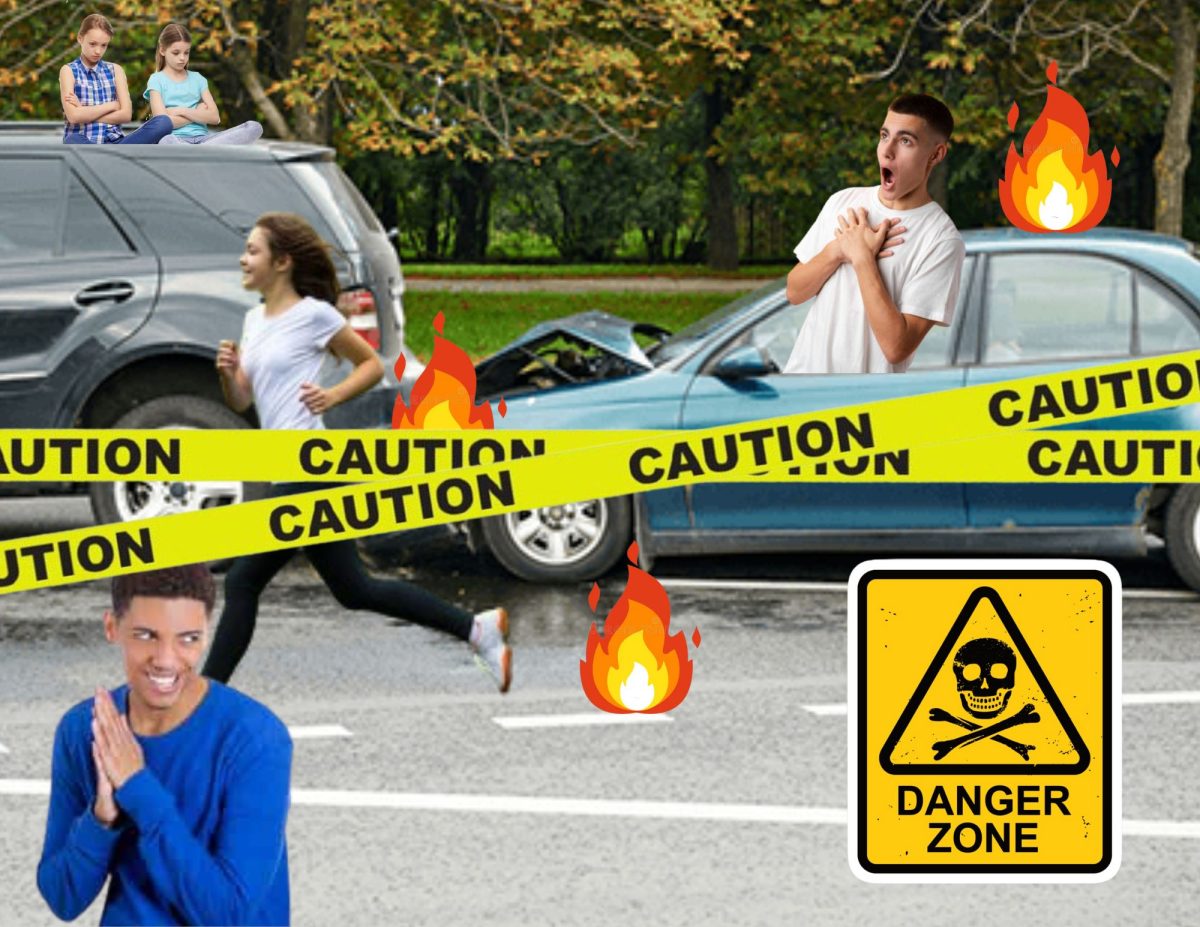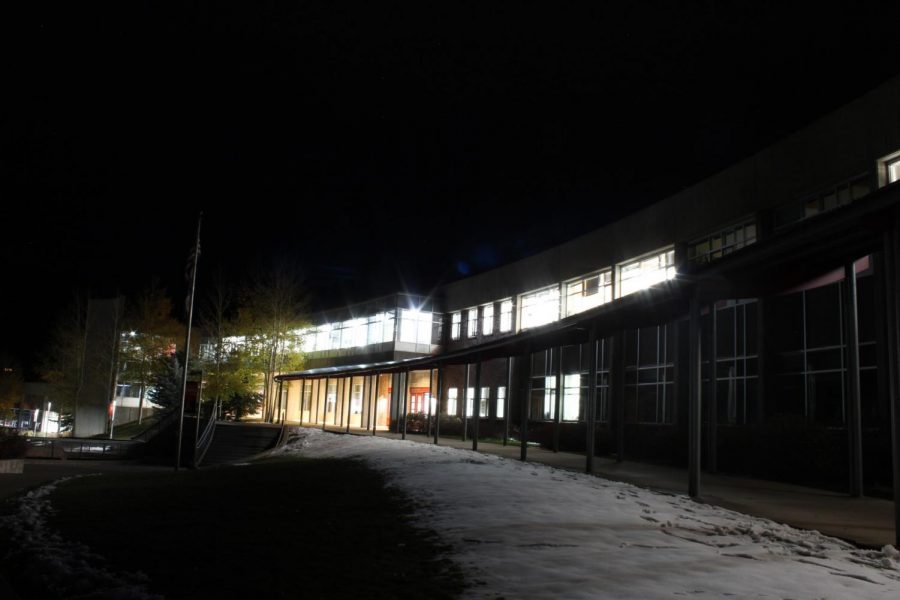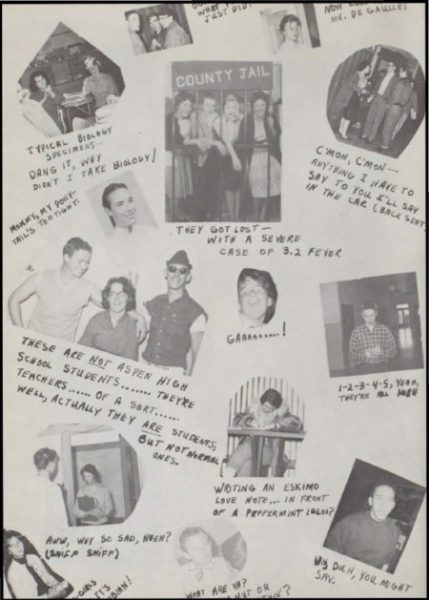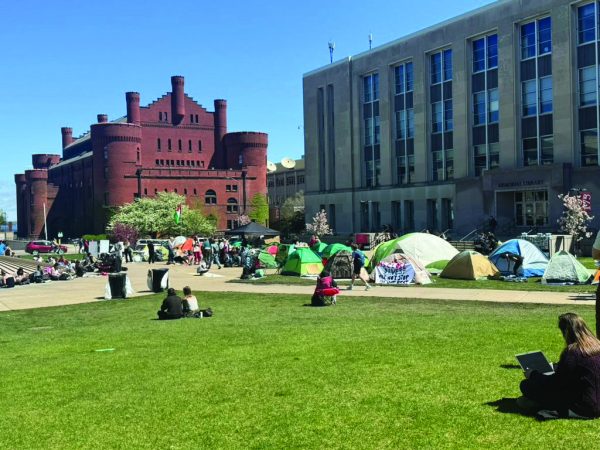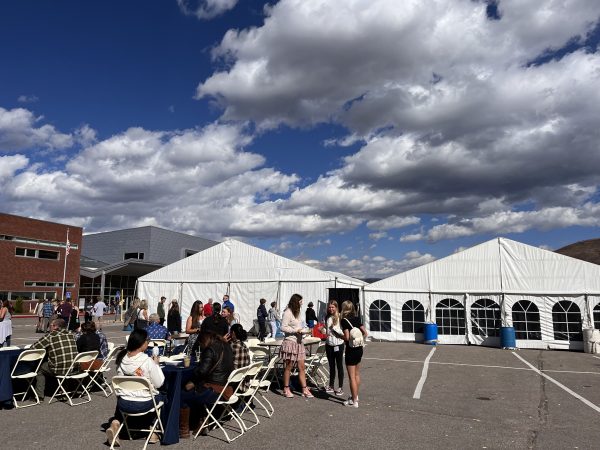Lights on at AHS…24/7
Lights shine through the windows of the school, despite being vacant each night.
As students and faculty drive past the Aspen School District (ASD), the gleaming lights from hallways and classrooms illuminate the night. Many are left to wonder why these lights are still on, as the once-bustling halls appear barren.
Community members may even become puzzled as they consider the ASD’s commitment to reducing energy consumption. According to James Weber, the head of maintenance, common area lights are on a schedule and remain on from 5:30 am until 11 pm daily as an aid to the janitors and anyone using the school’s facilities outside of its operating hours. Additionally, a few safety lights remain on all night, though this does not account for classroom lights, which must be turned off by teachers or janitors.
Safety Resource Officers (SRO) Monique Merrit, given her training and knowledge of crime patterns and statistics, was able to shed light on the rationale for keeping buildings illuminated after dark.
“There is something called CEPTED [Crime Prevention Through Environmental Design], which is security for buildings and schools, and other government areas, and lights on all the time is something that CEPTED does suggest [for] adding a layer of safety,” Merrit said. “From the statistics from the people who developed CEPTED, it’s extremely effective, it definitely deters criminals from coming close to the building.”
Gary Vavra, the director of facilities at ASD, has worked to lessen the environmental impact and energy bills. Vavra has initiated and overseen renovations to the lights, including the switch from incandescent and fluorescent lights to LED lights in 2014. According to energy.gov, LED lights use 25% to 80% less energy and can last 3 to 25 times longer than incandescent lights. The year after the renovation, the savings were “…equivalent to $40,000 annually, or the starting salary of a first-year teacher,” according to aspenk12.net.
“There are a certain number of lights in each building that must be kept on by state law, that’s for safety. If somebody was to get into the building and go to a different part of the building, and we didn’t have safety lights on in hallways, they could fall down the stairs, they could be injured. We leave the bare minimum amount of lights on,” Vavra said.
Travis Moore, a science teacher at AHS and the head of the Earth Group has a vested interest in energy conservation.
“The School has done a bunch, they have had a couple of energy audits of the district, that’s why these lights have all been put in because I think that’s been a major waste of energy and consequently a higher expenditure; they spend a lot of money on the energy bills, ” Moore said.

Ava is a senior at AHS. This is their third year writing for The Skier Scribbler. Ava is eager to contribute to the newspaper and is passionate about writing,...

Oliver is a junior at AHS. Oliver is in journalism because he likes to take photographs. Outside of school, Oliver takes a lot of photos of nature. One...



